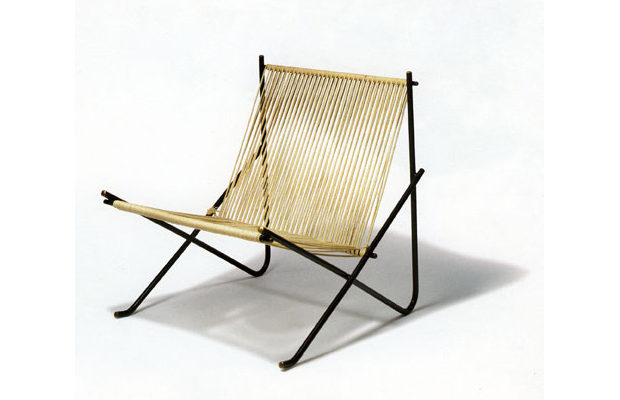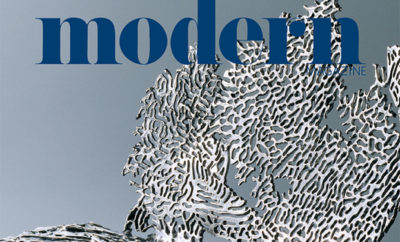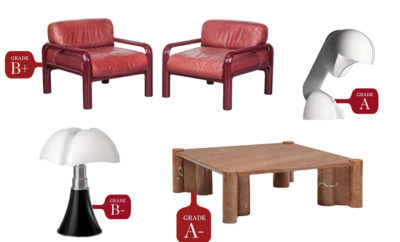
Design
How to Play Poul
We ask Experts to weigh in on the merits of the work of a particular iconic modernist designer. Here, Evan Snyderman, co-principal of the New York City gallery R 20th Century, discusses the subtle differences that determine the quality of pieces by the Danish designer Poul Kjaerholm.
WHEN I WAS INVITED TO WRITE THIS ARTICLE, my initial response was to question how we as a gallery could rate a piece of design that we represent. However, after some thought, I realized this could be a great opportunity to share some of the more intimate details about a work and to focus on what goes into determining what makes a piece of design exceptional, important, or rare. I love the small details, and this is what inspires us at R 20th Century to dig deeper into our investigations when preparing an exhibition or book on a designer. Also, rather than grade a specific category of design—such as coffee tables or chairs—I figured that what suits a collector’s interests best would be to rate a designer’s broader body of work. From my experience, people collect designers, not designs. For instance, I don’t know of any clients building a collection of credenzas. The objects selected for this piece were chosen to show the different levels of collecting Poul Kjaerholm—the perfect example of a designer whose work is collected worldwide on all levels. Kjaerholm was by nature a purist, and his work represents some of the most highly sophisticated yet minimal designs to emerge from Denmark at a time when the use of teak was so rampant that his material choices must have seemed severe. Kjaerholm typically preferred steel, leather, and stone over wood. He managed, through the use of natural colors and texture, to achieve a warmth not normally associated with those particular materials. His body of work represents a full spectrum of design production—from rare pieces produced only a handful of times, to regular production pieces, and to mass produced pieces, many of which are still being made today. Here we focus only on the top tier of vintage designs. Each of these works is worthy of any design collection, but even the best of the best can be broken down into categories.
(For an exhaustive study of Kjaerholm’s entire oeuvre, images of all the works, as well as images of manufacturer’s stamps and markings, I highly recommend Michael Sheridan’s book The Furniture of Poul Kjaerholm: Catalogue Raisonné, published by Gregory R. Miller & Co. in 2007, in collaboration with my gallery and the Sean Kelly Gallery.)

GRADE
A
These last pieces represent some of the rarest and most desired designs in the Kjaerholm canon. They were produced in such limited editions that actual numbers can be accounted for—highly unusual for a designer who worked in an era when mass production was the norm.
Only about twenty examples of the “Steel Tube” chair—also known as the “Holscher” chair, after the blacksmith who produced the frames—were made. Svend Holscher, the father of a classmate of Kjaerholm’s wife, Hanne, fabricated the frames, and the Kjaerholms, working in their apartment, hand-wrapped each one in halyard rope and sold them to friends.
“Holscher” or “Steel Tube” chair with welded steel tube frame and natural halyard seat and back, designed 1952. General price: $75,000–$100,000.












